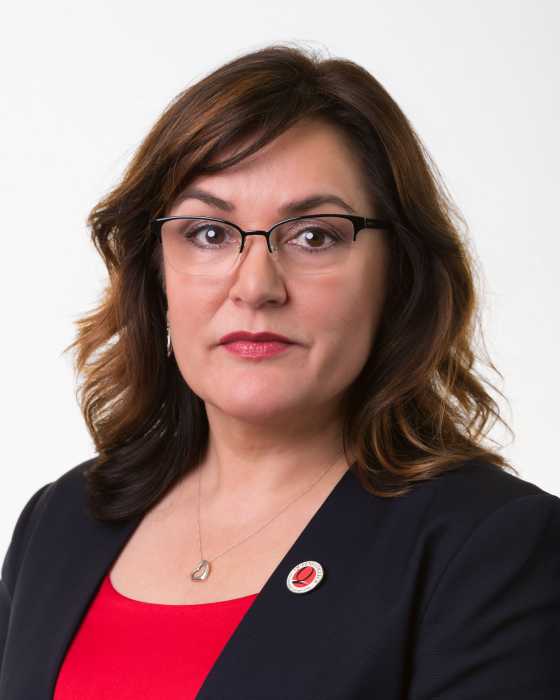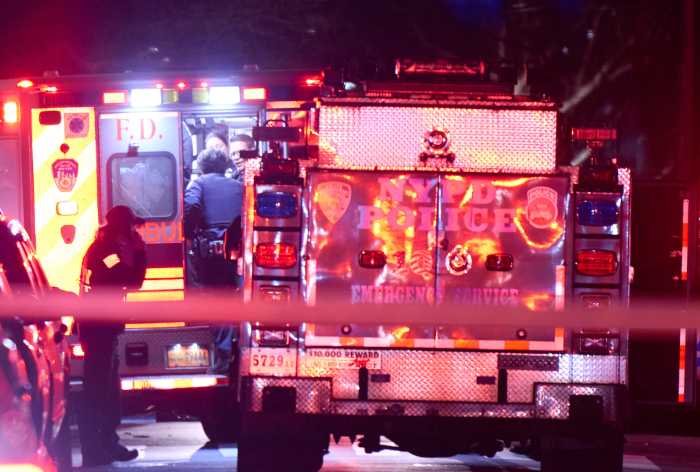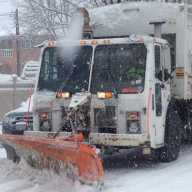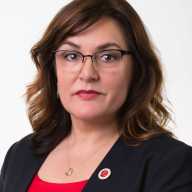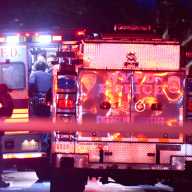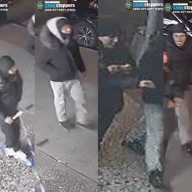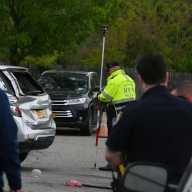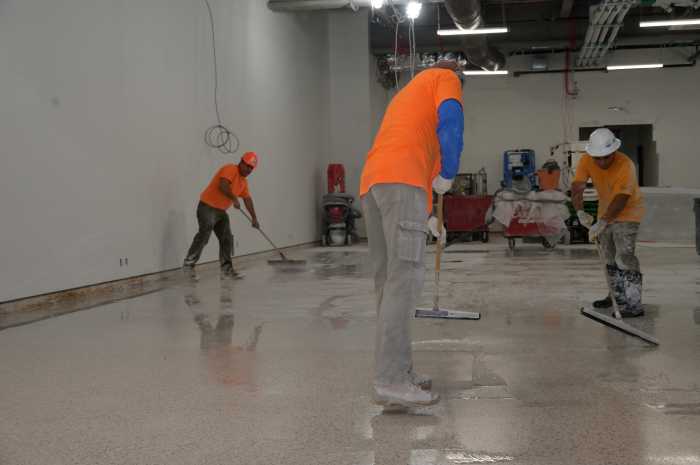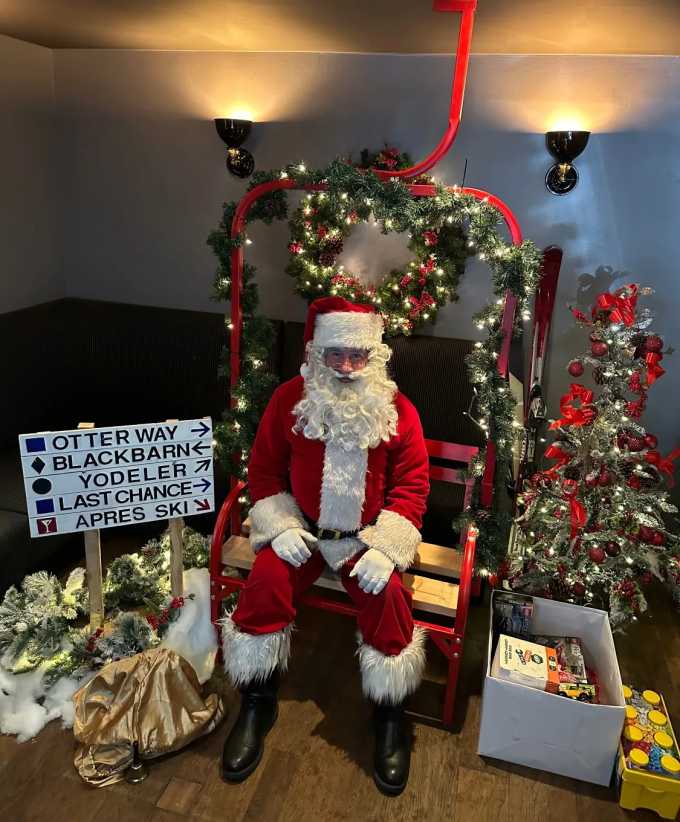By The Times/Ledger
As the geographical center of New York City is in Queens, so the center of Queens is Jamaica, one of the oldest towns in the Borough. It was settled by Englishmen from Hempstead in 1656 and was the colonial capital of Queens County. Reflective of Jamaica as county seat are the court houses that still call Jamaica home, the Central Library, which is now located on Merrick Blvd., 89-11, 990-0700, and King Manor, 153rd & Jamaica Ave., 206-0545, home to a Founding Father of the United States, Rufus King. He and his wife Mary wanted a “gentleman farm” away from Manhattan but in a location where they could stay in contact with the rest of the world. Jamaica offered just such a get-away location. King was one of the five actual framers of the U.S. Constitution, and thirty-three years later, as United States Senator from New York, fought against the Missouri Compromise, which permitted slavery beyond the original borders of this nation.
The King family is buried in the Grace Church Yard (between 153rd & Parsons on Jamaica) less than a block from the house. The church structure goes back to 1862 and is actually the third one put up by the congregation on that location. Grace Church dates its founding to 1702. Nearby, the Jamaica Center for Arts and Learning, 161-04 Jamaica Ave., 658-7400, offers local residents a place to develop their skills in dance, ceramics and theater as well as the opportunity to work together, creatively, as members of a community. Of all of Queens' many cemeteries, Jamaica's Prospect Cemetery at 159th St. and Beaver Rd., is its oldest (1668). Egbert Benson, an early American patriot, is buried there.
Originally called Rustdorp (Quiet Village) by the Dutch, Jamaica acquired its current name because it was first inhabited by Jameco, or Yamecah, Indians, whose name means beaver in Algonquian. The Long Island Rail Road began operations in Jamaica in 1836 and the place has been bustling ever since. Jamaica Ave. between Sutphin and 168th Street has been a thriving shopping area for decades. York College, 94-20 Guy R. Brewer Blvd., 262-2000, is part of the CUNY (City University of New York) system and, thanks to Clarence Irving, it houses a jazz museum and archive. St. John's University, Grand Central/Utopia Parkways, 990-6250, boasts such graduates as former New York Governor Mario Cuomo. The African Poetry Theater, 176-03 Jamaica Ave., 523-3312, provides programs in every area of the visual and performing arts. There is also the Black Spectrum Theatre (Roy Wilkins Park, 119th Ave. & Merrick Blvd., 723-1800) which promotes live plays and jazz concerts throughout the year.
The new Allen African Methodist Episcopal Church-The Cathedral, 111-54 Merrick Blvd., 206-4600, is worth a visit and the congregation provides a great many services to the community. During the 1980s Jamaica attracted many immigrants, of whom one fifth were from Guyana and many of the rest from El Salvador, Haiti, China, India, Colombia, Jamaica, the Philippines, the Dominican Republic and Pakistan. South of the Long Island Rail Road tracks is the residential area of South Jamaica. It is the largest African-American neighborhood in Queens. Lying within South Jamaica is Rochdale Village. When the village opened in 1963 it was the largest private housing complex in the world (later surpassed by Co-op City). The population was at first heavily Jewish but became mostly African-American in the early 1970s.
Other residential areas surrounding Jamaica include Briarwood to the northwest, Jamaica Estates and Fresh Meadows to the northeast. Jamaica Estates is a development designed as a “residential park” in which the streets were laid out to fit the contours of the land and only detached, one-family houses with an attic and two stories were built.
To the east of Jamaica is Hollis. In the mid 90s Hollis was a middle-class community of well-kept, one-family houses, with fewer than half a dozen high-rise apartments buildings. The ethnic mix is 80 percent African and Latin-American. Between Hollis and Queens Village is the community of Bellaire. Beyond Bellaire and straddling the city limits is Bellerose. Actually there is a Bellerose on both sides of the county line. The Queens side of Bellerose is a largely white and middle class to upper middle class community. Still another area bordering on the city's limits is Queens Village. With a long life as a “village” it remains suburban and residential. In the 1980s many new immigrants settled in Queens Village, especially from Guyana, Haiti, India, Jamaica, and to a lesser extent the Philippines and Colombia.
More info: Greater Jamaica Development Corporation, 291-0282; Jamaica Chamber of Commerce, 657-4800; Community Board 8, 591-6000; Community Board 12, 658-3308.



